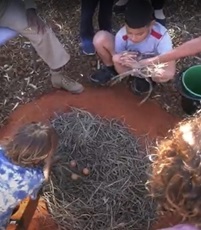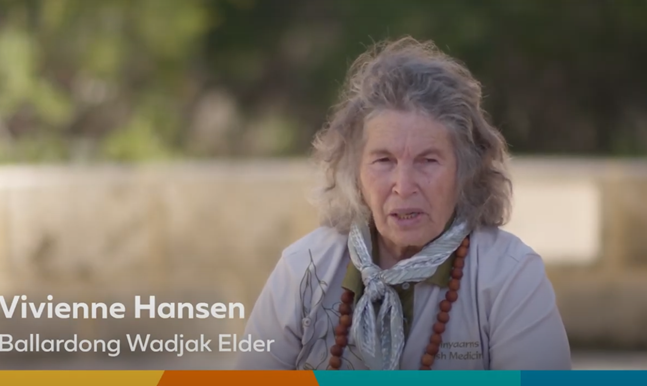
Resources
Ngaparrtji Ngaparrtji Two-way Science
Two-way Science supports schools to build partnerships with local Aboriginal communities to develop integrated culturally responsive learning programs that connect the Western Australian Curriculum Science to Aboriginal knowledges.
Two-way Science provides an opportunity for all students to learn about science from the world’s oldest continuing cultures.


Ngaparrtji Ngaparrtji Two-way Science overview
This fact sheet provides an overview of the Two-way Science initiative's aims, features and evaluation summary.
Ngaparrtji Ngaparrtji Two-way
This book showcases examples of practice from Two-way Science schools.

Two-way Science: An Integrated Learning Program for Aboriginal Desert Schools
This CSIRO book contains curriculum-linked education activities for primary and middle school students, and background knowledge for teachers, based on the desert regions of Australia.

Inspiring early years with Two-way Science
A resource for educators working with children up to 8 years old to showcase the Noongar Culture of weaving, tracks and glue making. The 3 videos are accompanied by a teachers guide on the Little Green Steps WA website.

ACARA/CSIRO Two-way Science illustrations of practice videos
The 4 illustrations of practice videos featuring primary and middle school students in remote Aboriginal communities have been published on the Australian Curriculum website.



